Comparing Queen Elizabeth with Murchison Falls: Which to Choose?
Choosing the Perfect Safari Destination in Uganda
For travelers planning a safari in Uganda, the decision often comes down to two of the nation’s most celebrated parks: Queen Elizabeth National Park and Murchison Falls National Park. Each offers unique experiences, landscapes, and wildlife encounters, making the choice both exciting and complex. First-time visitors may feel challenged to weigh the advantages of one destination against the other, while seasoned travelers often consider what distinct features each park provides to craft a diverse itinerary.
Uganda, frequently called the “Pearl of Africa,” is renowned for its rich biodiversity, dramatic landscapes, and accessibility. Queen Elizabeth, situated in the western part of the country along the Rift Valley, is celebrated for its tree-climbing lions, crater lakes, and the Kazinga Channel, while Murchison Falls, in the northwestern region, is distinguished by the Victoria Nile’s dramatic waterfall, expansive savannahs, and rugged wilderness. The decision between the two often depends on wildlife preferences, desired activities, accommodation standards, and the type of safari experience sought.
This comparison explores the features of both parks in detail, offering insights into landscapes, wildlife diversity, accessibility, activities, and cultural opportunities, helping travelers make informed decisions for a memorable safari in Uganda.
Landscapes and Scenery: Contrasting Terrains
Queen Elizabeth National Park is characterized by a mosaic of habitats. The savannah plains, forested valleys, volcanic crater lakes, and wetlands converge within a relatively compact area, creating a rich tapestry of ecological diversity. The Kazinga Channel, linking Lake Edward and Lake George, flows through the park, attracting vast congregations of hippos, crocodiles, and birdlife. Hills, escarpments, and grassy plains provide scenic vistas, offering opportunities for panoramic photography and leisurely exploration.
In contrast, Murchison Falls National Park is dominated by the powerful flow of the Victoria Nile, culminating in the spectacular Murchison Falls, where the river is forced through a narrow gorge before cascading into the downstream pools. The park encompasses vast savannahs, woodlands, and riverine forests, which support both large mammals and an array of bird species. The terrain is more open and rugged than Queen Elizabeth, lending itself to dramatic photographic compositions and experiences that evoke the rawness of untamed wilderness.
For travelers drawn to varied landscapes within a single park, Queen Elizabeth provides an intimate diversity, blending water, forest, and grassland. Murchison Falls, however, offers a more singular yet striking spectacle, with the falls and the river forming the central visual and ecological focus of the park.
Wildlife Diversity: Species and Sightings
Queen Elizabeth National Park is often praised for its high concentration and diversity of wildlife, making it ideal for first-time safari goers and photographers alike. Lions, elephants, buffalo, hippos, Uganda kob, warthogs, and leopards are frequently observed, while Ishasha’s tree-climbing lions provide a singular spectacle. Bird enthusiasts benefit from over 600 recorded species, including the rare shoebill stork, fish eagles, and numerous migratory birds. The Kazinga Channel ensures predictable water-based wildlife sightings, which enhances the overall safari experience.
Murchison Falls offers equally compelling wildlife encounters but in a different context. The park is home to elephants, giraffes, lions, leopards, crocodiles, and a substantial population of buffalo and hippos. Its northern savannahs are particularly conducive to observing large herds of antelope and predators. Murchison is also notable for its less frequented trails and more rugged environment, which may appeal to travelers seeking remote, off-the-beaten-path experiences. Birding in Murchison is rich, with species such as the rock pratincole, Goliath heron, and African skimmer adding distinct appeal.
Overall, Queen Elizabeth offers high density and accessibility for diverse wildlife viewing, while Murchison provides opportunities to witness larger-scale herds and dramatic riverine predator-prey interactions, especially around the Nile and the falls.
Iconic Features and Signature Experiences
Queen Elizabeth is defined by its signature attractions, most notably the tree-climbing lions of Ishasha and the Kazinga Channel boat safari. Boat safaris allow close observation of hippos, crocodiles, and waterbirds, while game drives across Kasenyi Plains, crater lakes, and forested valleys offer varied wildlife encounters. Crater lakes introduce geological interest, while community tours along the park’s edges reveal the human dimension of conservation.
Murchison Falls, on the other hand, is synonymous with the spectacle of the falls themselves. The narrow gorge, where the Nile is funneled into a thunderous cascade, presents a dramatic natural feature that defines the park. Boat safaris along the Nile, both above and below the falls, provide opportunities to observe hippos, crocodiles, and riverine bird species, while trekking to the top of the falls allows panoramic views of the river and surrounding savannahs. The falls’ power and scale create a photographic and emotional impact that is unmatched elsewhere in Uganda.
While Queen Elizabeth offers a variety of habitats and signature wildlife, Murchison emphasizes singular natural grandeur and riverine dynamics, giving travelers distinctly different yet equally compelling experiences.
Accessibility and Travel Logistics
Queen Elizabeth is relatively accessible, located near the town of Kasese and approximately six to eight hours’ drive from Uganda’s capital, Kampala. The park’s road network is well-maintained, and game drive routes, lodges, and boat launch points are designed to maximize comfort and minimize travel fatigue, making it particularly suitable for family safaris and first-time visitors. Domestic flights to nearby airstrips also reduce travel time for those with limited schedules.
Murchison Falls, in contrast, is more remote. Situated in northwestern Uganda, travel from Kampala may take eight to ten hours by road, though domestic flights to Pakuba and Bugungu airstrips are available. The remoteness of Murchison ensures fewer crowds and more intimate wildlife encounters, but it may require travelers to tolerate longer drives and less developed infrastructure compared to Queen Elizabeth.
Accessibility can influence choice based on time constraints, travel preferences, and comfort requirements. Families or first-time safari goers often favor Queen Elizabeth for convenience, while adventurous travelers seeking a more rugged experience may prefer Murchison Falls.
Accommodation Options
Queen Elizabeth National Park offers a spectrum of accommodations, from luxury lodges and safari camps along the Kazinga Channel to eco-friendly tented sites. Many properties provide family-friendly amenities, including spacious rooms, safe dining areas, and easy access to game drives. Lodges near the Ishasha sector offer proximity to tree-climbing lions, while properties along the channel provide scenic views and boat safari integration.
Murchison Falls also offers a range of accommodations, including riverfront lodges, safari camps, and tented accommodations. However, properties are generally more isolated, emphasizing immersion in wilderness rather than immediate convenience. Families and travelers seeking intimate, remote experiences may find Murchison appealing, whereas those prioritizing accessibility and a combination of activities may prefer Queen Elizabeth.
Activities Beyond Game Drives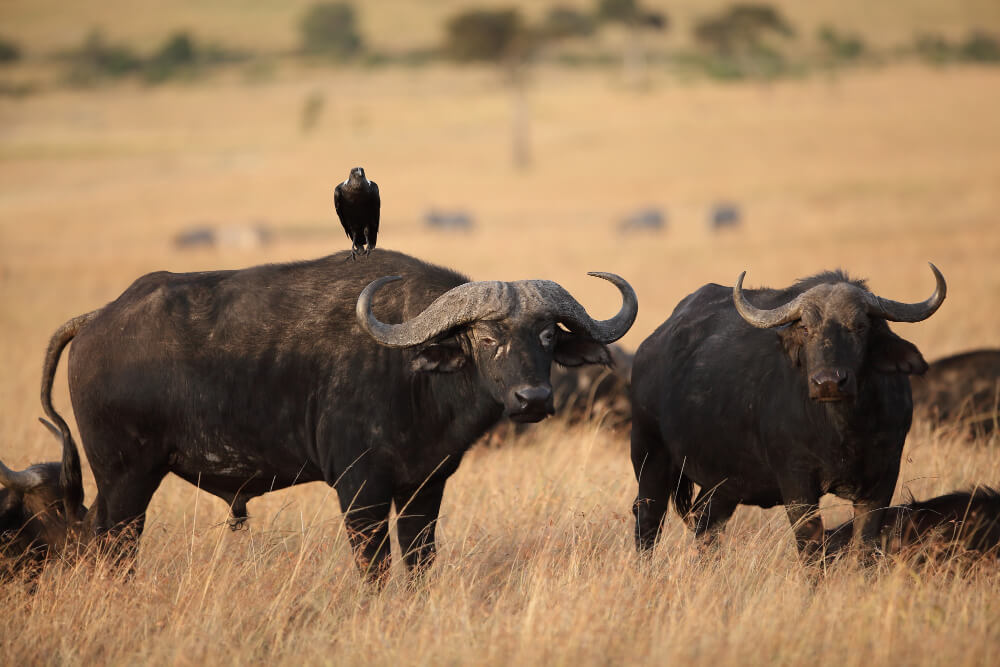
Queen Elizabeth provides diverse activities beyond traditional game drives. Boat safaris on the Kazinga Channel, crater lake walks, birdwatching excursions, and community visits offer educational and cultural enrichment. Family safaris can be complemented by interactions with local communities, understanding conservation efforts, and learning about traditional practices that coexist with wildlife.
Murchison Falls emphasizes adventure and nature exploration. Activities include boat safaris above and below the falls, trekking to the top of Murchison Falls, and birdwatching along the Nile. More remote areas allow walking safaris with guides, offering intimate encounters with wildlife and the landscape. While Queen Elizabeth provides variety and accessibility, Murchison offers intensity, adventure, and a sense of untamed wilderness.
Wildlife Viewing Strategy
In Queen Elizabeth, wildlife is often concentrated along predictable habitats, making observation easier for newcomers. Guides interpret animal behavior and lead travelers to locations where sightings are frequent, ensuring high encounter rates. The combination of boat and land safaris provides multiple perspectives, enhancing both photography and educational opportunities.
Murchison Falls requires a more strategic approach, as wildlife is dispersed across larger areas. The northern savannahs and riverine forests demand careful planning and guide expertise, rewarding visitors with dramatic encounters but requiring greater patience. For travelers seeking intimate, rugged wildlife experiences, Murchison excels; for those prioritizing density and variety, Queen Elizabeth remains ideal.
Cultural and Community Engagement
Queen Elizabeth offers opportunities to engage with local communities living around the park, providing insight into traditional practices, agriculture, crafts, and conservation efforts. These interactions enrich the safari experience, particularly for families and first-time visitors, by combining adventure with education and cross-cultural learning.
Murchison Falls also incorporates community visits, particularly near riverside villages. However, the emphasis remains on wilderness immersion rather than cultural integration, which may appeal to travelers seeking solitude and minimal human interference.
Seasonal Considerations
Both parks have wet and dry seasons, which influence wildlife visibility, road conditions, and landscape aesthetics. Queen Elizabeth’s dry seasons, from June to September and December to February, offer optimal viewing, while wet seasons enhance vegetation, bird diversity, and the vibrancy of crater lakes. Murchison Falls’ dry season also ensures accessible roads and concentrated wildlife along rivers, while wet seasons transform the landscape into lush greenery and swelling rivers, accentuating the drama of the falls themselves.
Understanding seasonal variations helps travelers align their preferences with park conditions, balancing wildlife visibility, accessibility, and landscape photography opportunities.
Choosing Between the Two Parks
The decision between Queen Elizabeth and Murchison Falls often depends on visitor priorities. Queen Elizabeth appeals to families, first-time safari goers, and photographers seeking high-density wildlife in varied ecosystems. The park provides accessibility, comfort, and multiple activity options, creating a comprehensive safari experience.
Murchison Falls appeals to adventurous travelers, wildlife enthusiasts seeking remote and rugged experiences, and those drawn to dramatic landscapes. The emphasis on the Victoria Nile, large herds, and untamed wilderness provides intensity and grandeur, rewarding those willing to embrace longer travel times and more isolated accommodations.
Ultimately, some travelers choose to combine both parks in a single itinerary, capturing the diversity of Uganda’s wildlife and landscapes while benefiting from contrasting experiences—Queen Elizabeth’s variety and accessibility, paired with Murchison’s dramatic scenery and remoteness.
Making the Right Choice
Both Queen Elizabeth National Park and Murchison Falls National Park embody the richness and diversity of Uganda’s wildlife and landscapes. Each offers unique features, challenges, and rewards, shaping the safari experience according to visitor expectations. While Queen Elizabeth emphasizes variety, accessibility, and family-friendly adventure, Murchison provides raw wilderness, dramatic riverine scenery, and immersive exploration.
For travelers seeking to maximize the quality, safety, and educational value of their safari, it is strongly recommended that tours and safaris be booked through WildHorn Africa. With their expertise, local knowledge, and commitment to creating unforgettable experiences, every journey—whether in Queen Elizabeth or Murchison Falls—is transformed into an adventure that combines wildlife observation, scenic beauty, and cultural insight, leaving lasting memories of Uganda’s unparalleled natural heritage.

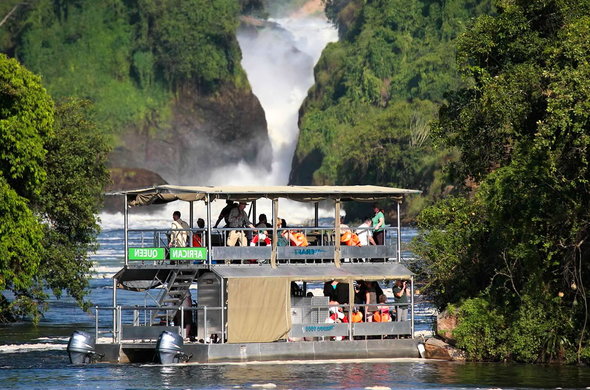
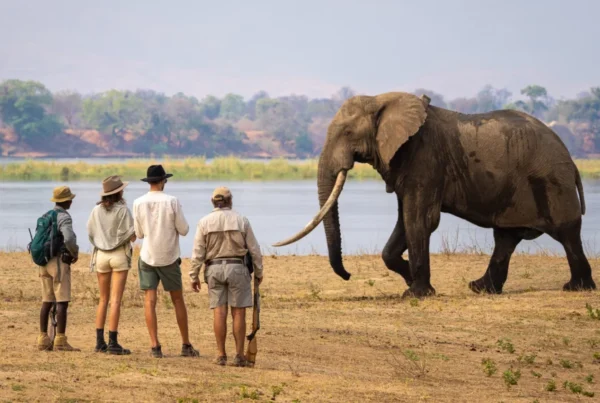
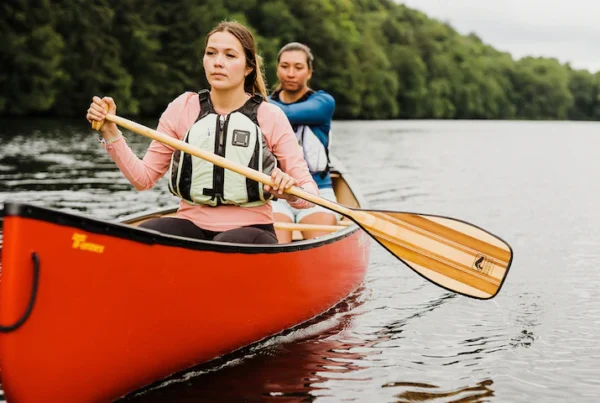
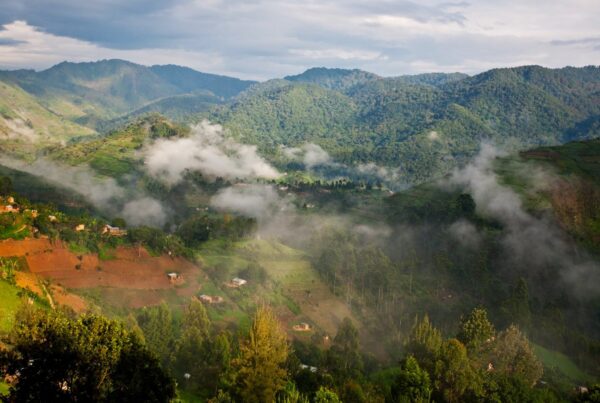
 WildHorn Africa – Authentic and unforgettable tours across Africa, guided by local experts who know the land, wildlife, and culture best.
WildHorn Africa – Authentic and unforgettable tours across Africa, guided by local experts who know the land, wildlife, and culture best.


